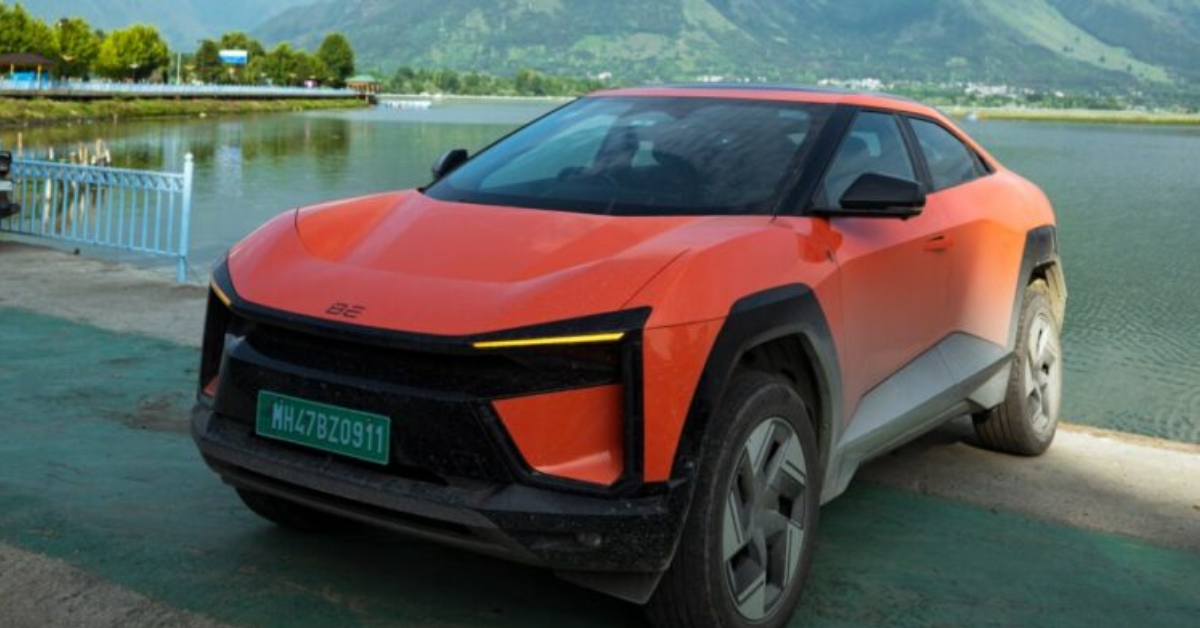India’s electric vehicle (EV) market is witnessing rapid transformation. What once seemed like a futuristic dream is now becoming part of daily life for thousands of drivers. A major milestone in this journey is the achievement of 20,000 customers and a collective 9.3 crore kilometers driven by two leading electric SUVs in India.
This achievement isn’t just about numbers; it reflects growing consumer confidence, improved infrastructure, and the shift towards sustainable mobility. Let’s take a closer look at these SUVs, what makes them so popular, and why they signal a turning point for India’s EV adoption.
The Numbers That Matter
- 20,000 Customers: A strong sign of consumer acceptance in a country where EV adoption was initially slow due to range anxiety and cost concerns.
- 9.3 Crore Kilometers Driven: Proof that these vehicles are not just being purchased but are being actively used on highways, in cities, and across diverse Indian terrains.
Together, these figures showcase the reliability and practicality of electric SUVs. They’re not weekend novelties anymore—they are daily drivers for thousands of Indian families.
The Two eSUVs Leading the Charge
The mainstream adoption of EVs in India is being led by two popular electric SUVs (widely recognized in the market):
1. Tata Nexon EV
The Tata Nexon EV has been one of the biggest success stories in India’s electric mobility space. It combines affordability, practicality, and modern features, making it accessible for middle-class families and urban professionals.
Key Highlights:
- Battery pack options with ranges between 325 km to 465 km (depending on variant).
- Rapid charging capabilities with DC fast chargers.
- Advanced features like touchscreen infotainment, wireless connectivity, and safety tech.
- Affordable pricing compared to other electric SUVs.
The Nexon EV’s wide availability and strong after-sales support from Tata Motors have helped it become India’s best-selling electric SUV.
2. Mahindra XUV400 EV
The Mahindra XUV400 EV is another strong player that has captured attention with its robust design and long-range capability. Known for Mahindra’s SUV DNA, it appeals to both urban and semi-urban buyers.
Key Highlights:
- Claimed driving range of up to 456 km on a full charge.
- Spacious cabin with premium interiors.
- Equipped with connected car tech and safety features.
- Solid build quality, carrying Mahindra’s rugged SUV heritage.
The XUV400 complements Tata’s Nexon EV by offering a slightly different design language and performance package, giving buyers more choice in the affordable EV SUV segment.
Why These EVs Are Going Mainstream
The success of these SUVs is built on multiple factors that resonate with Indian buyers:
- Affordability
Both SUVs are priced significantly lower than international EVs, making them accessible to the mass market. Combined with subsidies from government policies, the cost of ownership becomes competitive with petrol and diesel cars. - Range Confidence
With real-world ranges between 325–465 km, these SUVs eliminate much of the “range anxiety” that early EV buyers had. - Expanding Charging Infrastructure
India’s EV charging network is growing, especially along highways and in metro cities. This has made long-distance travel feasible for EV owners. - Eco-Conscious Buyers
More Indians are becoming environmentally conscious and see EVs as a way to reduce their carbon footprint without compromising comfort and performance. - Government Incentives
Schemes like FAME II and state-level subsidies lower upfront costs and encourage EV adoption.
Driving 9.3 Crore Kilometers: What It Proves
Covering 9.3 crore kilometers collectively, these SUVs have demonstrated durability and adaptability across India’s varied road conditions. From congested city streets to highway stretches and hilly terrains, these EVs have shown they can handle it all.
- Reliability: Owners report consistent performance even after years of use.
- Lower Running Costs: With electricity cheaper than petrol or diesel, running costs are drastically lower.
- Positive Ownership Experience: The milestone reflects not just purchases but active and satisfied use.
The Bigger Picture for India’s EV Market
The mainstream success of the Tata Nexon EV and Mahindra XUV400 signals that India is ready for wider EV adoption. It also sends a strong message to other automakers—local and global—that the Indian EV market is ripe for investment.
- More Choices Coming: Other automakers like Hyundai, MG, and BYD are expanding their EV portfolios.
- Improved Tech: Battery efficiency, charging speeds, and range are all set to improve in upcoming models.
- Infrastructure Growth: Charging stations, battery-swapping models, and renewable-powered grids will support faster adoption.
The Road Ahead
With 20,000 happy customers and millions of kilometers covered, the Tata Nexon EV and Mahindra XUV400 EV are not just cars—they are trendsetters. Their success paves the way for more affordable, reliable, and mainstream EVs in India.
For potential buyers, these SUVs answer the critical questions:
- Can EVs be affordable? Yes.
- Can they travel long distances? Yes.
- Are they reliable for Indian roads? Absolutely.
Conclusion
The milestone of 20,000 customers and 9.3 crore kilometers driven is more than just a statistic—it’s proof that EVs are no longer niche in India. The Tata Nexon EV and Mahindra XUV400 EV have shown that electric SUVs can be practical, affordable, and desirable.
As charging infrastructure grows and more options enter the market, India is set for a new era of mobility. For now, these two SUVs stand as shining examples of how EVs are going from experiments to everyday essentials.



